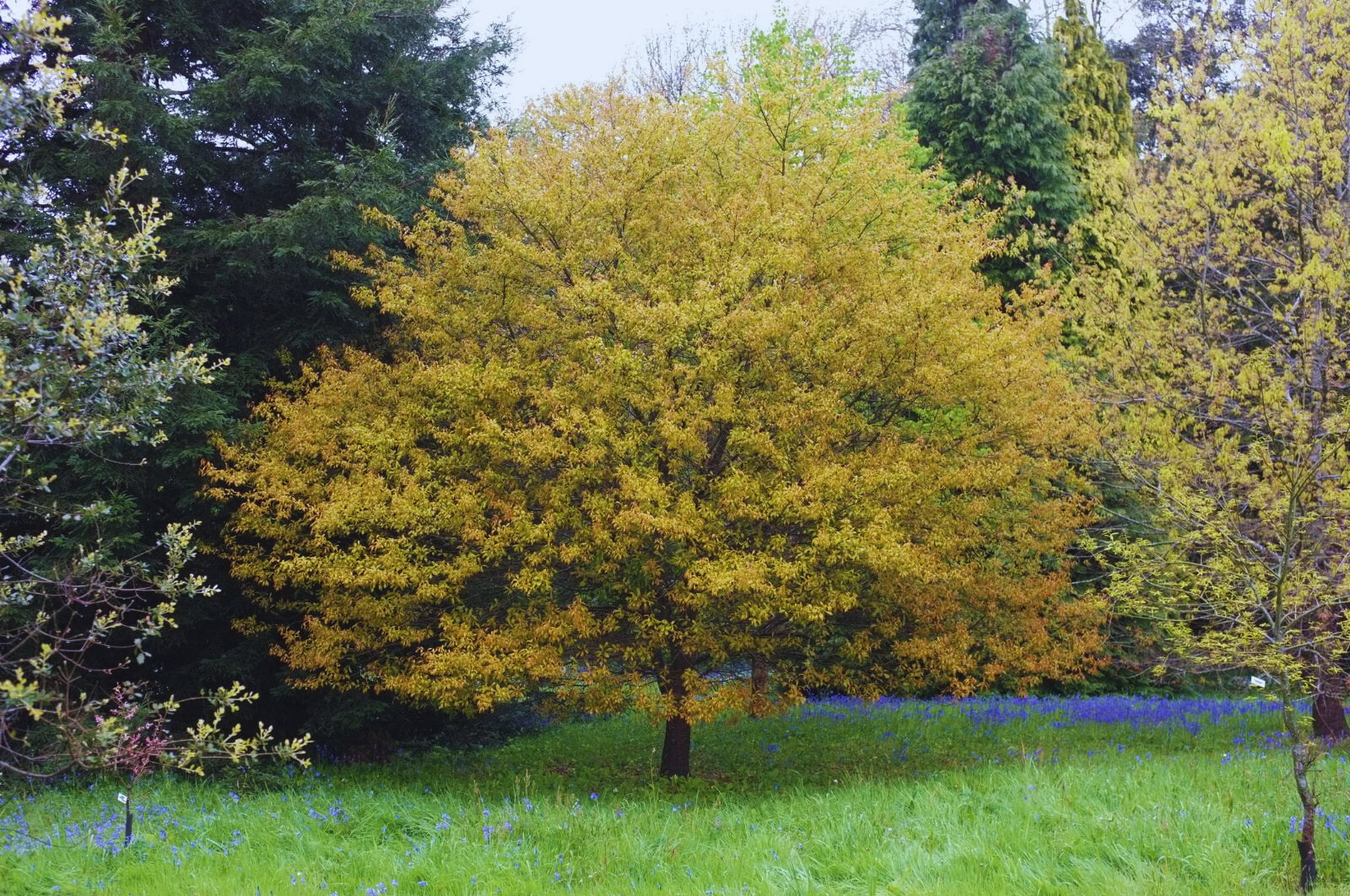
Understanding Quercus Nigra
Distinguishing Features
Quercus Nigra, or water oak, boasts a unique set of characteristics that make it stand out among tree species. Its leaves, for instance, have deep lobes, resembling the shape of a turkey’s footprints, which is why they are often colloquially referred to as “turkey oak.” These leaves are dark green during the growing season and transition into shades of russet and brown in the fall, creating a picturesque autumn landscape.
The acorns produced by Quercus Nigra are another remarkable feature. Encased in a distinctive cap, these acorns serve as a crucial food source for various wildlife species. The water oak’s ability to produce these nutritious acorns makes it a valuable addition to ecosystems.
Ecological Significance
In its native habitat, which includes parts of the southeastern United States, Quercus Nigra plays a vital ecological role. By the banks of rivers and in floodplain areas, these trees are guardians against soil erosion. Their robust root systems anchor the soil, preventing it from being washed away during heavy rains or floods. This soil stabilization is pivotal in preserving the integrity of riverbanks and safeguarding the habitats of countless organisms.
Furthermore, Quercus Nigra contributes to biodiversity by creating a welcoming environment for various wildlife species. Birds nest in its branches, squirrels and deer forage for acorns, and small mammals find shelter beneath its canopy. By planting water oaks, you are fostering the coexistence of numerous species, fostering a balanced ecosystem.
Benefits of Planting Quercus Nigra
Environmental Benefits
- Carbon Sequestration: Quercus Nigra acts as a carbon sink, absorbing and storing carbon dioxide from the atmosphere. This is a significant contribution to combating climate change.
- Improved Air Quality: Trees, including water oaks, act as natural air purifiers by absorbing pollutants and releasing oxygen. Planting them in urban areas can lead to cleaner air.
- Wildlife Habitat: These trees provide essential habitat and sustenance for a diverse array of wildlife, enriching local ecosystems.
Aesthetic Benefits
- Year-Round Beauty: Quercus Nigra’s foliage offers beauty throughout the seasons. From its fresh green leaves in the spring and summer to its captivating fall colors, it adds visual appeal to any landscape.
- Shade and Comfort: The expansive canopy of a mature water oak provides abundant shade, making it an ideal tree for picnics, gatherings, or simply finding respite from the sun on hot summer days.
- Property Value: Landscaping with mature trees, including Quercus Nigra, can enhance the curb appeal and value of your property. Potential buyers often appreciate the presence of established trees.
Planting and Care Tips
Watering
To ensure the healthy development of your Quercus Nigra, it’s crucial to maintain consistent soil moisture, especially during its early years. Deep watering once a week is generally sufficient, but adjustments may be necessary depending on local climate conditions.
Mulching
Applying a layer of organic mulch around the base of the tree serves several purposes. It helps conserve soil moisture, suppresses weed growth, and regulates soil temperature. Be sure to leave a small gap between the mulch and the tree trunk to prevent rot.
Pruning
Regular pruning is essential to shape the tree, remove dead or damaged branches, and encourage healthy growth. Prune during the dormant season to minimize stress on the tree.
Pest and Disease Management
Keep a vigilant eye on your water oak for any signs of oak wilt disease or common pests like oak leafrollers and scale insects. Early detection and appropriate treatment are vital for safeguarding your tree’s health.
Conclusion
Planting Quercus Nigra, or water oak, is a richly rewarding endeavor that brings both personal and environmental benefits. These trees are not only aesthetically pleasing but also play a critical role in maintaining ecological balance, preventing soil erosion, and supporting diverse wildlife.
By adhering to proper planting and care practices, you can ensure that your Quercus Nigra thrives and continues to provide beauty and ecological advantages for generations to come. Join the movement to green our world by embracing the magnificence of Quercus Nigra and all it has to offer.
Frequently Asked Questions
1. How fast does Quercus Nigra grow?
Quercus Nigra typically grows at a moderate rate, gaining 13-24 inches in height each year under optimal conditions.
2. Are water oaks drought-resistant?
While mature water oaks are more drought-tolerant, it’s essential to provide adequate moisture during the establishment phase.
3. Do water oaks attract wildlife?
Yes, water oaks are known to attract various birds and small mammals with their acorns and shelter.
4. Can I plant Quercus Nigra in my backyard?
Yes, you can plant water oaks in your backyard, but ensure you have enough space for their mature size.
5. Are there any diseases or pests that affect water oaks?
Water oaks may be susceptible to oak wilt disease and certain pests. Regular monitoring and prompt action can help protect your trees.